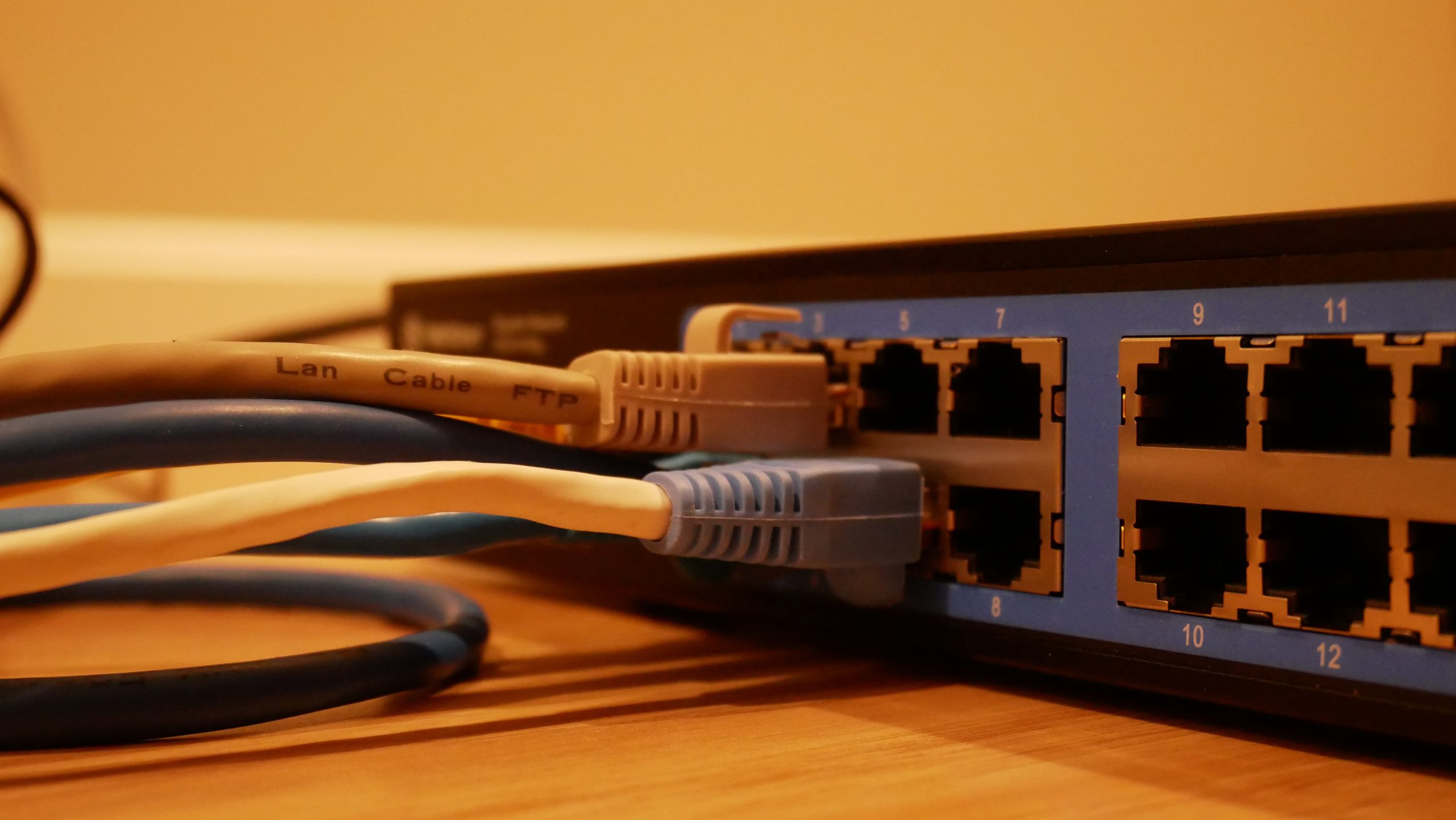DD-WRT is an open-source firmware for wireless routers and access points. It was originally created for the Linksys WRT54G series of routers, but it can now be installed on a wide range of routers from different manufacturers. DD-WRT provides advanced features and customization options not found in the stock firmware provided by most router manufacturers. In this article, we will provide a complete guide to DD-WRT, including its history, features, installation process, and troubleshooting tips.
History of DD-WRT
DD-WRT was first developed in 2005 by a team of developers led by Sebastian Gottschall. They wanted to create firmware that would give users more control over their routers and provide advanced features such as VPN, QoS, and hotspot functionality. The firmware was initially designed for the Linksys WRT54G series of routers, which were popular among early adopters of home networking. Since then, DD-WRT has been ported to many other routers and has become one of the most popular open-source router firmware options available.
Features of DD-WRT
DD-WRT provides a range of advanced features and customization options that are not available in most stock router firmware. Some of the features of DD-WRT include:
- VPN Support: DD-WRT supports VPN clients and servers, allowing users to encrypt their internet traffic and protect their online privacy.
- QoS: Quality of Service (QoS) allows users to prioritize certain types of internet traffic, such as video streaming or online gaming, over others.
- Hotspot Functionality: DD-WRT can be used to create a public Wi-Fi hotspot with customizable login pages and bandwidth restrictions.
- Advanced Networking Features: DD-WRT supports advanced networking features such as VLAN tagging, advanced routing, and bridge mode.
- Wireless Repeater: DD-WRT can be used to extend the range of a wireless network by acting as a wireless repeater.
Installation of DD-WRT
Installing DD-WRT on a router can be a bit tricky and should only be attempted by users with some technical knowledge. Here are the general steps to follow:
- Check compatibility: Check the DD-WRT website to ensure that your router is compatible with the firmware.
- Download the firmware: Download the DD-WRT firmware for your router from the DD-WRT website.
- Flash the firmware: Flash the DD-WRT firmware onto your router using the instructions provided on the DD-WRT website.
- Configure the firmware: Configure the DD-WRT firmware using the web interface. This will involve setting up your wireless network and any other advanced features you want to use.
Troubleshooting Tips
If you experience any issues with DD-WRT, here are some troubleshooting tips:
- Reset your router: If you are having trouble with the firmware, try resetting your router to its default settings and starting again.
- Check the compatibility: Make sure that the DD-WRT firmware you downloaded is compatible with your router.
- Check the router logs: Check the router logs to see if there are any error messages that can help diagnose the issue.
- Ask for help: If you are still having trouble, ask for help on the DD-WRT forums or seek assistance from a networking professional.
Conclusion
DD-WRT is a powerful and flexible firmware option for users who want to take more control over their router's functionality. It provides advanced features and customization options that are not available in most stock firmware. While installing DD-WRT can be challenging, it is worth the effort for users who want to take advantage of its many benefits. If you're looking for a way to improve your router's performance and security, DD-WRT is definitely worth considering.


